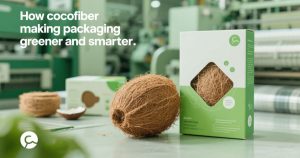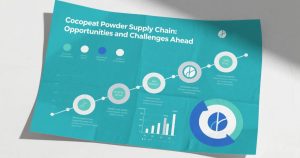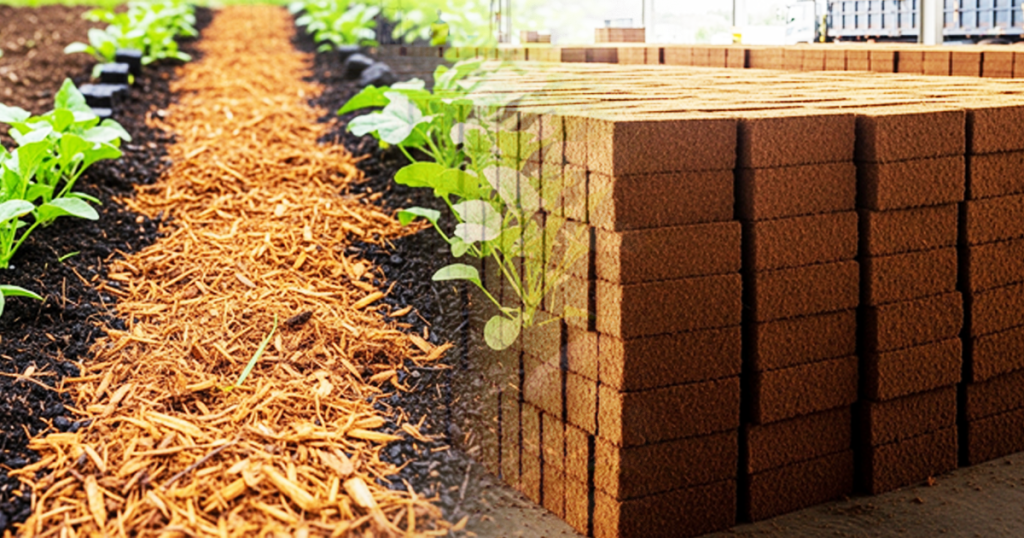Turning Agricultural Waste into Economic Opportunity
As a researcher in the field of coconut-based biomaterials, I have witnessed an astonishing transformation: what was once discarded as agricultural waste coconut husk is now powering a quiet revolution in the global export market.
Coco fiber, also known as coir fiber, is becoming a high-demand commodity driven by sustainable development goals, eco-conscious industries, and the surging global interest in natural alternatives.
Coconuts are harvested in over 90 countries, with Indonesia, the Philippines, and India among the top producers. Traditionally, the meat and water are utilized while the husk was burned or left to decompose. Today, this fibrous byproduct has emerged as a golden opportunity, especially for small and medium enterprises (SMEs) in rural areas.
The Science Behind Coco Fiber
Coco fiber is extracted from the outer husk of coconuts and boasts natural strength, durability, and biodegradability. Its properties make it highly versatile: it’s used in automotive seat padding, mattress stuffing, geotextiles for erosion control, brushes, ropes, and even as a natural insulator.
From a research standpoint, coco fiber possesses high lignin content (up to 45%) and a low cellulose-to-hemicellulose ratio, giving it excellent resistance to saltwater and microbial degradation. These characteristics make it particularly suitable for green construction and ecological engineering applications.
A Booming Export Commodity
Global demand for coir fiber has surged in the past decade. According to trade data, exports of coco fiber products have grown by over 12% annually, with new markets emerging in Europe, North America, and the Middle East. This trend reflects a broader shift toward natural fibers in manufacturing and environmental restoration projects.
Indonesia, in particular, has seen significant export gains. With an estimated 1.5 million tons of coconut husk waste generated annually, only a fraction is currently processed into fiber. But with the help of mechanized decorticators and rural training programs, production capacity has doubled in some provinces since 2020.
Environmental and Socioeconomic Impact
From a sustainability perspective, the benefits are multifold. Utilizing coconut husks helps reduce agricultural waste, curbs greenhouse gas emissions from open burning, and decreases the reliance on synthetic fibers. Moreover, processing coco fiber is labor-intensive creating rural employment and empowering women-led cooperatives.
In India’s Kerala and Tamil Nadu states, coir production has long supported local economies. Now, similar models are being adopted in Indonesian and African communities, with technical support from NGOs and international development organizations. Research shows that each metric ton of processed fiber can support 3–5 full-time jobs in rural sectors.
Challenges and Future Research
Despite its success, the industry faces several challenges. Quality standardization remains an issue, especially for export-grade fiber. Variations in fiber length, moisture content, and impurities affect marketability. There is also a need for investment in modern processing equipment and better post-harvest practices.
As a researcher, I believe the next frontier lies in value-added coco fiber composites. Blending coir with natural resins could produce biodegradable plastics, car panels, and even construction boards. Collaborative research between academic institutions and industry stakeholders will be essential in moving the needle forward.
The Road Ahead
Coco fiber’s rise from coconut waste to a global commodity encapsulates the promise of circular economy principles in practice. It’s a testament to how innovation, combined with traditional knowledge, can reshape rural economies and address environmental challenges.
For exporting nations, there is a growing opportunity to strengthen their foothold in the green materials sector. Governments should consider policy incentives, trade facilitation, and research funding to unlock the full potential of coco fiber exports. As demand continues to climb, those investing in sustainable production and high-quality outputs are likely to reap the greatest rewards.







